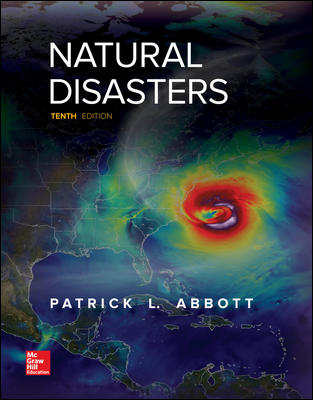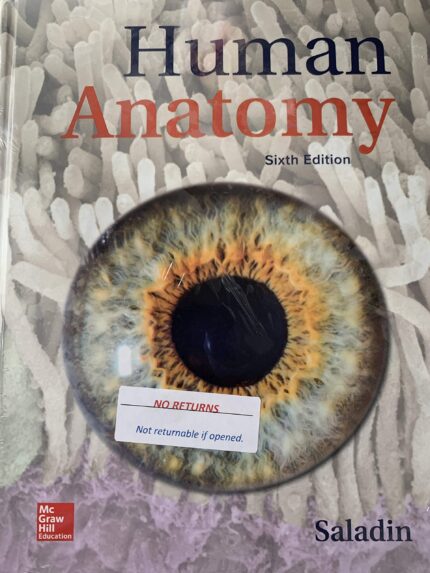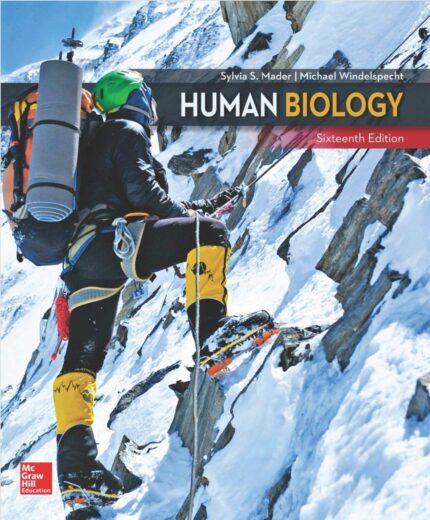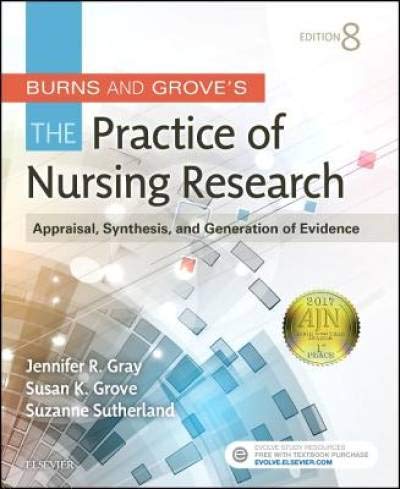Natural Disasters 11th Edition Patrick Leon Abbott -Test Bank
Natural Disasters, 11e (Abbott)
Chapter 3 Earthquake Geology and Seismology
1) To describe the location in three-dimensional space of a deformed rock layer or a fault surface, geologists make measurements known as dip and strike.
Answer: TRUE
Section: Types of Faults
Topic: Types of Faults
Bloom’s: 1. Remember
Accessibility: Keyboard Navigation
Chapter: 03
2) The point where a fault first ruptures underground is known as the epicenter.
Answer: FALSE
Section: Types of Faults
Topic: Types of Faults
Bloom’s: 1. Remember
Accessibility: Keyboard Navigation
Chapter: 03
3) The biggest shaking event is called “the earthquake,” the smaller ones before it are known as foreshocks, and the smaller ones after it are called aftershocks.
Answer: TRUE
Section: Magnitude of Earthquakes
Topic: Magnitude of Earthquakes
Bloom’s: 1. Remember
Accessibility: Keyboard Navigation
Chapter: 03
4) Transform faults usually link spreading centers or connect spreading centers with subduction zones.
Answer: TRUE
Section: Types of Faults
Topic: Types of Faults
Bloom’s: 1. Remember
Accessibility: Keyboard Navigation
Chapter: 03
5) Aftershocks are smaller than the main shock in an earthquake sequence.
Answer: TRUE
Section: Types of Faults
Topic: Types of Faults
Bloom’s: 1. Remember
Accessibility: Keyboard Navigation
Chapter: 03
6) Transform faults have mostly vertical displacement rather than horizontal displacement.
Answer: FALSE
Section: Types of Faults
Topic: Types of Faults
Bloom’s: 1. Remember
Accessibility: Keyboard Navigation
Chapter: 03
7) Normal faulting occurs when the hanging wall moves upward relative to the footwall.
Answer: FALSE
Section: Types of Faults
Topic: Types of Faults
Bloom’s: 1. Remember
Accessibility: Keyboard Navigation
Chapter: 03
8) The velocity of an S wave depends on the density and resistance to the shearing of materials.
Answer: TRUE
Section: Seismic Waves
Topic: Seismic Waves
Bloom’s: 1. Remember
Accessibility: Keyboard Navigation
Chapter: 03
9) With their up-and-down and side-to-side motions, S waves shake the ground surface and can do severe damage to buildings.
Answer: TRUE
Section: Faults and Geologic Mapping
Topic: Types of Faults
Bloom’s: 1. Remember
Accessibility: Keyboard Navigation
Chapter: 03
10) Large earthquakes do not generate body waves energetic enough to be recorded on seismographs all around the world.
Answer: FALSE
Section: Seismic Waves
Topic: Seismic Waves
Bloom’s: 1. Remember
Accessibility: Keyboard Navigation
Chapter: 03
11) P and S waves do not follow simple paths as they pass through Earth; they speed up, slow down, and change direction, and S waves even disappear when they reach Earth’s core.
Answer: TRUE
Section: Seismic Waves
Topic: Seismic Waves
Bloom’s: 1. Remember
Accessibility: Keyboard Navigation
Chapter: 03














Reviews
There are no reviews yet.